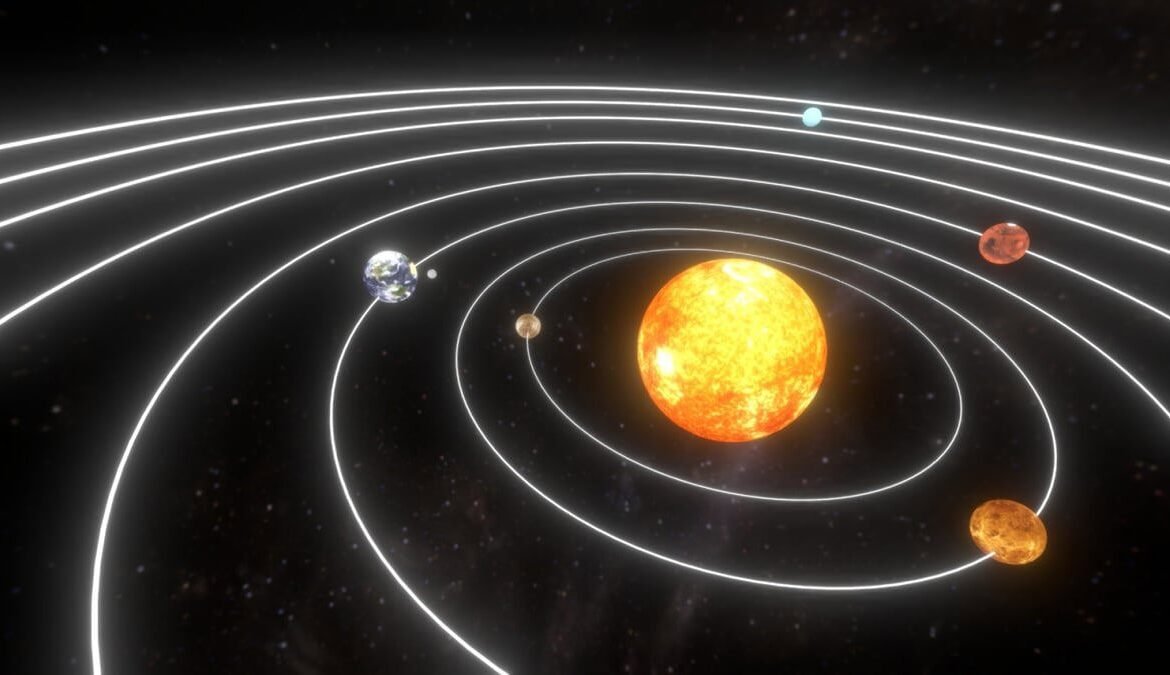Rare Astronomical Event Not Seen Again Until 2040: Seven Planets Align!
On February 28, 2025, the night sky will showcase a breathtaking and rare alignment of seven planets—an astronomical spectacle that won’t occur again until 2040. This extraordinary event will feature Mars, Jupiter, Uranus, Venus, Neptune, Mercury, and Saturn lining up after sunset, offering a unique opportunity to observe them together.
Astronomers confirm that most of these planets will shine brighter than nearby stars, making them visible to the naked eye. However, Uranus and Neptune, due to their distance from Earth, will require binoculars or a telescope for clear viewing.
When and How to Watch the Planetary Alignment
The best time to catch this celestial display is just after sunset, as the first stars begin to emerge. However, time is limited—Venus, Saturn, and Neptune will dip below the horizon within a few hours. For the clearest view, experts recommend finding a dark location away from city lights. The moon will also be in its darkest phase, minimizing its interference with this planetary show.
Jake Foster, an astronomy education officer at the Royal Museums Greenwich, explains that identifying planets is relatively simple. Unlike twinkling stars, planets appear as steady lights. Here’s how to spot them:
- Venus: The brightest planet, emitting a strong white glow, often called the “evening star” or “morning star.”
- Jupiter: The second-brightest, shining with a vivid white hue.
- Mars: Easily recognizable by its bright orange color.
- Saturn: Less luminous with a faint yellowish tint due to ammonia crystals in its atmosphere.
- Mercury: Appears low near the horizon, close to Saturn.
- Uranus and Neptune: Dimmer and requiring a telescope for a clear view.
A Rare Conjunction and Celestial Dance
This event will also feature a close conjunction between Venus and Saturn, appearing near each other in the sky, while Jupiter, Mars, and Uranus will stretch eastward. From Earth’s perspective, the planets align on the same side of the sun, creating the illusion of a straight line. However, Dr. Christopher Baird, a physics professor at West Texas University, notes that this alignment isn’t perfectly flat—planets orbit in three-dimensional paths, not a single plane.
Finn Burridge, an astronomer at the Royal Observatory Greenwich, describes this as an exceptional and rare occurrence. While it’s common for some planets to be visible while others remain hidden, all seven will unite on this night—an event not to be missed.
Why This Event Matters
Burridge adds that this seven-planet alignment won’t repeat for another 15 years, making it a must-see for astronomy enthusiasts and casual stargazers alike.
New Bat Coronavirus Discovered in China with Potential to Infect Humans




